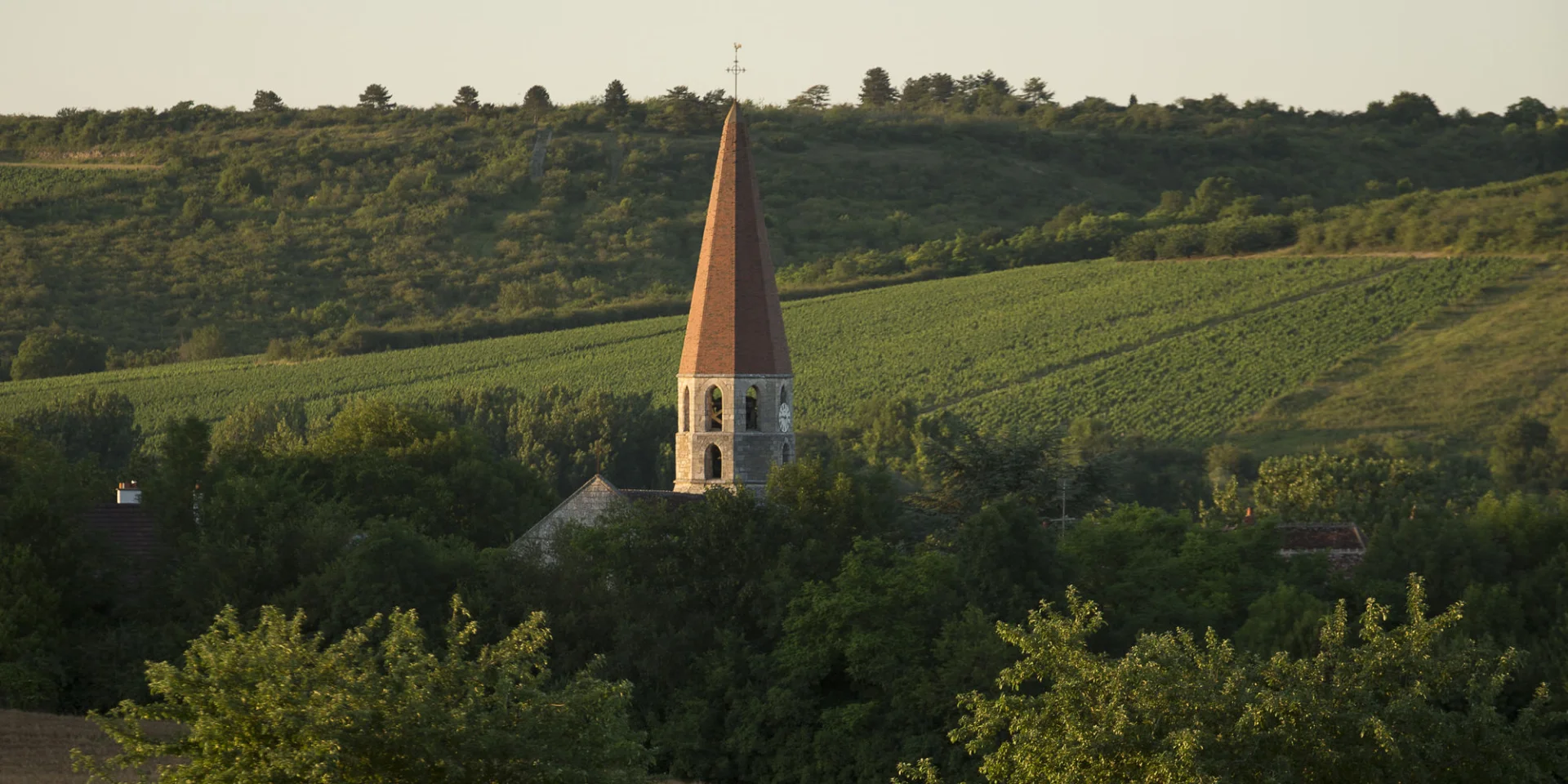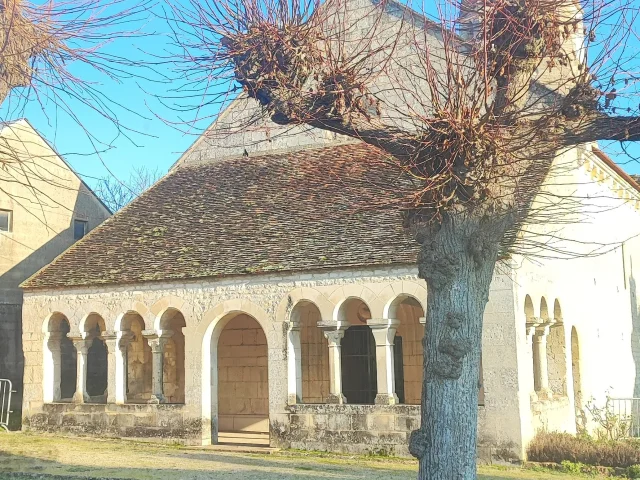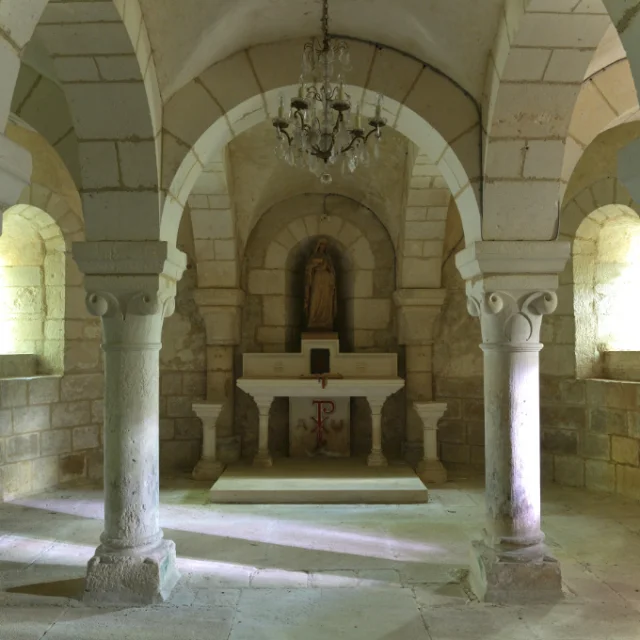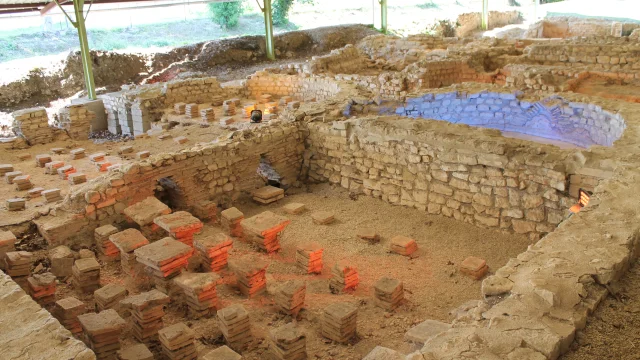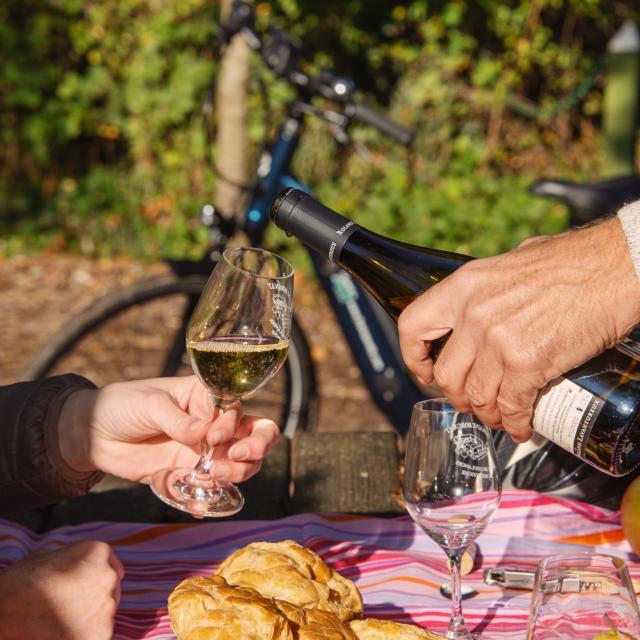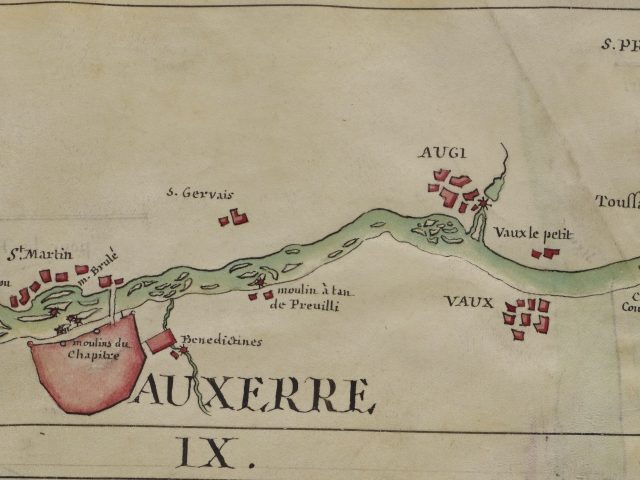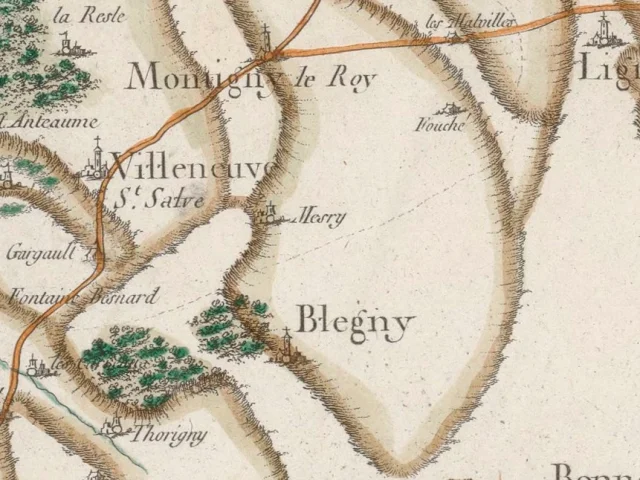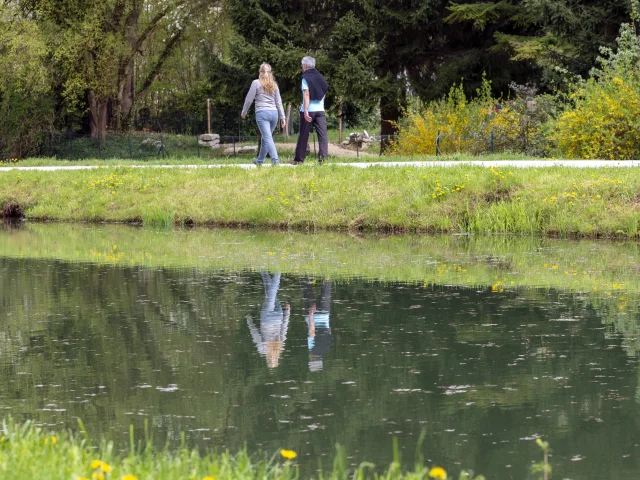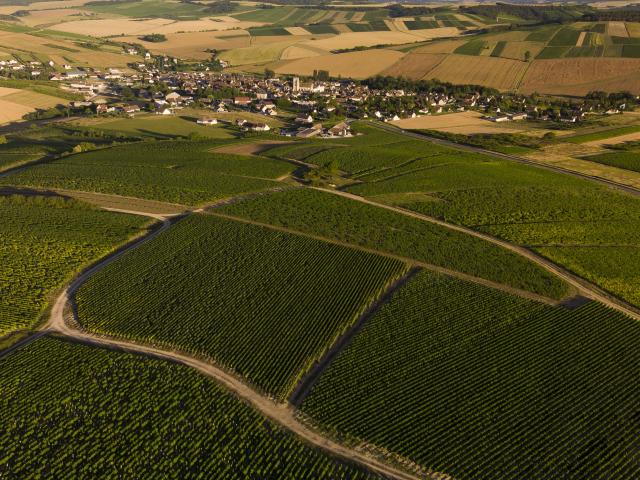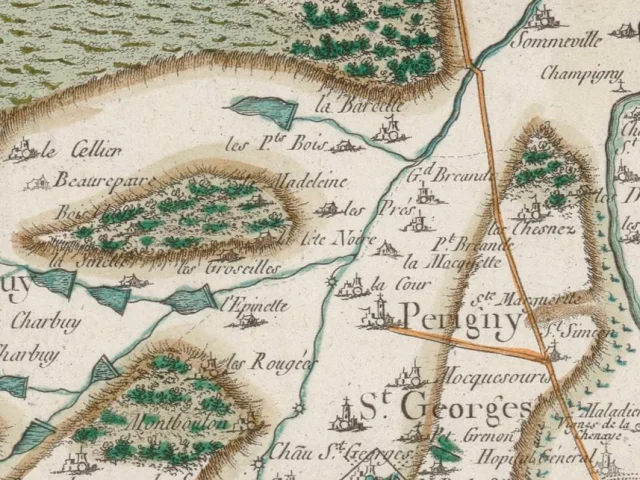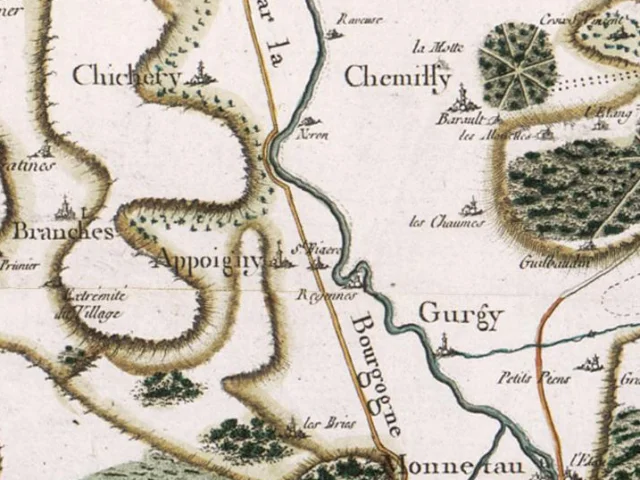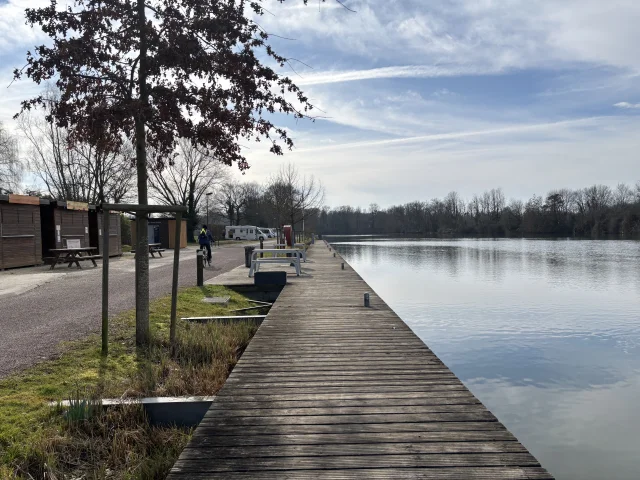From the origin of the name to the Templars
The commune’s name derives from the Latin Scoliva, which referred to the Gallo-Roman thermal spa that was present on the village’s lands from the 1st to the 5th century AD. In 596, the bishop Saint Aunaire d’Auxerre included the name Ecolives in the thirty main parishes of the Auxerre diocese. It wasn’t until the 20th century that the village’s name changed to Escolives-Sainte-Camille. Indeed, in December 1958, the commune’s name was changed to pay homage to Sainte Camille, the bearer of Saint Germain’s stretcher, who died in Escolives in 448 on her way from Ravenna to Auxerre.
At the dawn of the 11th century, the seigneury of Escolives was held by the counts of Auxerre and Nevers, then of Joigny. The land was used for farming and viticulture, and yielded very good returns. In the 12th century, the Knights Templar moved in and established a powerful commandery called Commanderie du Saulce (created around 1130 and taken over by the Maltese in 1308). It was from Escolives that the Knights Templar would rule over all the houses of the Order in the Auxerre region: Auxerre, Vallan, Champs, Monéteau, Saint-Bris… The monk-soldiers would enjoy substantial revenues thanks to the fertility of the land and the ease of road and river transport. They were influential landowners, owning cereal-growing land, controlling water-powered mills and, of course, vineyards and cellars all over Auxerre.
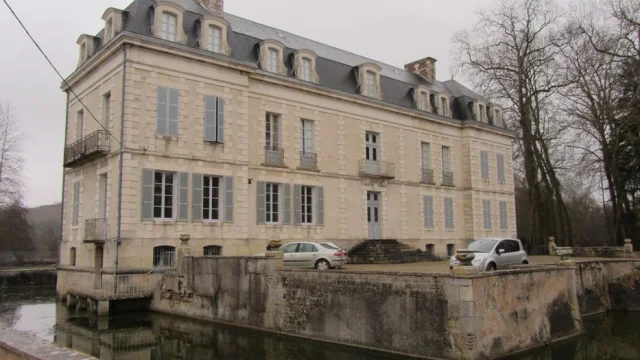 Chateau De Bellombre Pah
Chateau De Bellombre Pah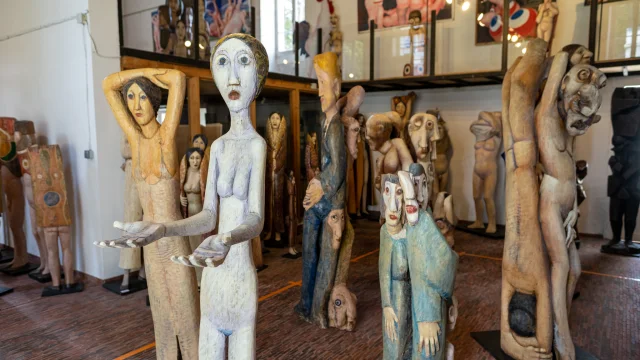 Pierre Merlier Musee Ot Auxerre
Pierre Merlier Musee Ot Auxerre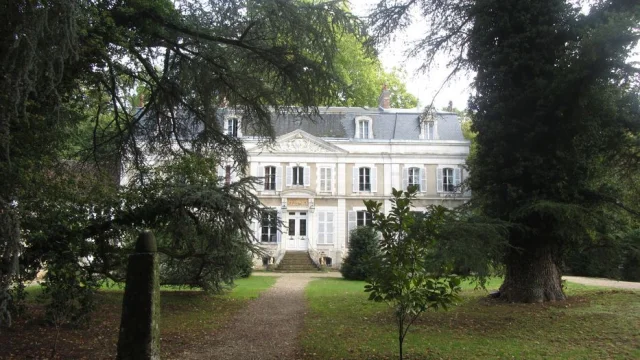 Chateau Du Saulce Pah
Chateau Du Saulce Pah